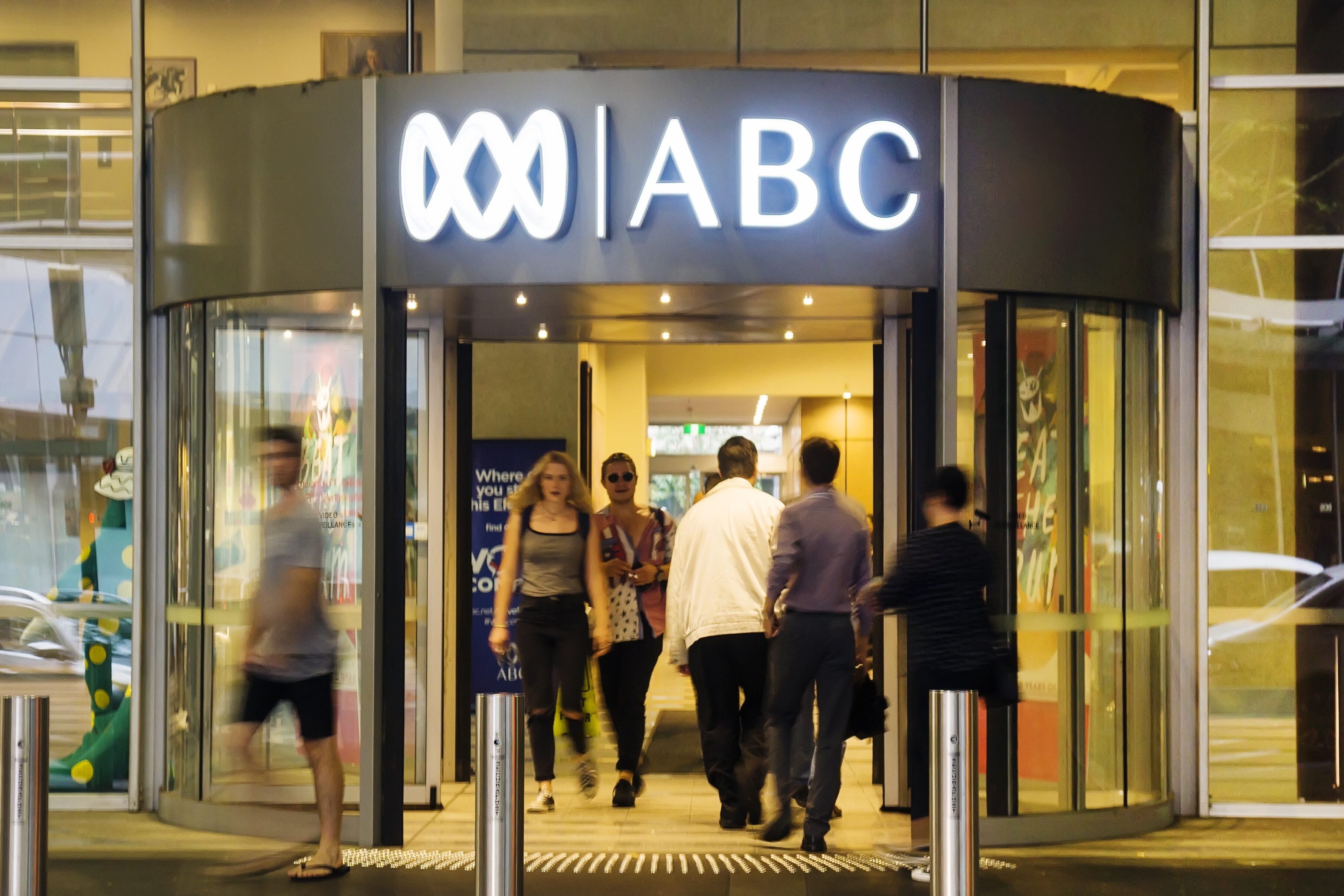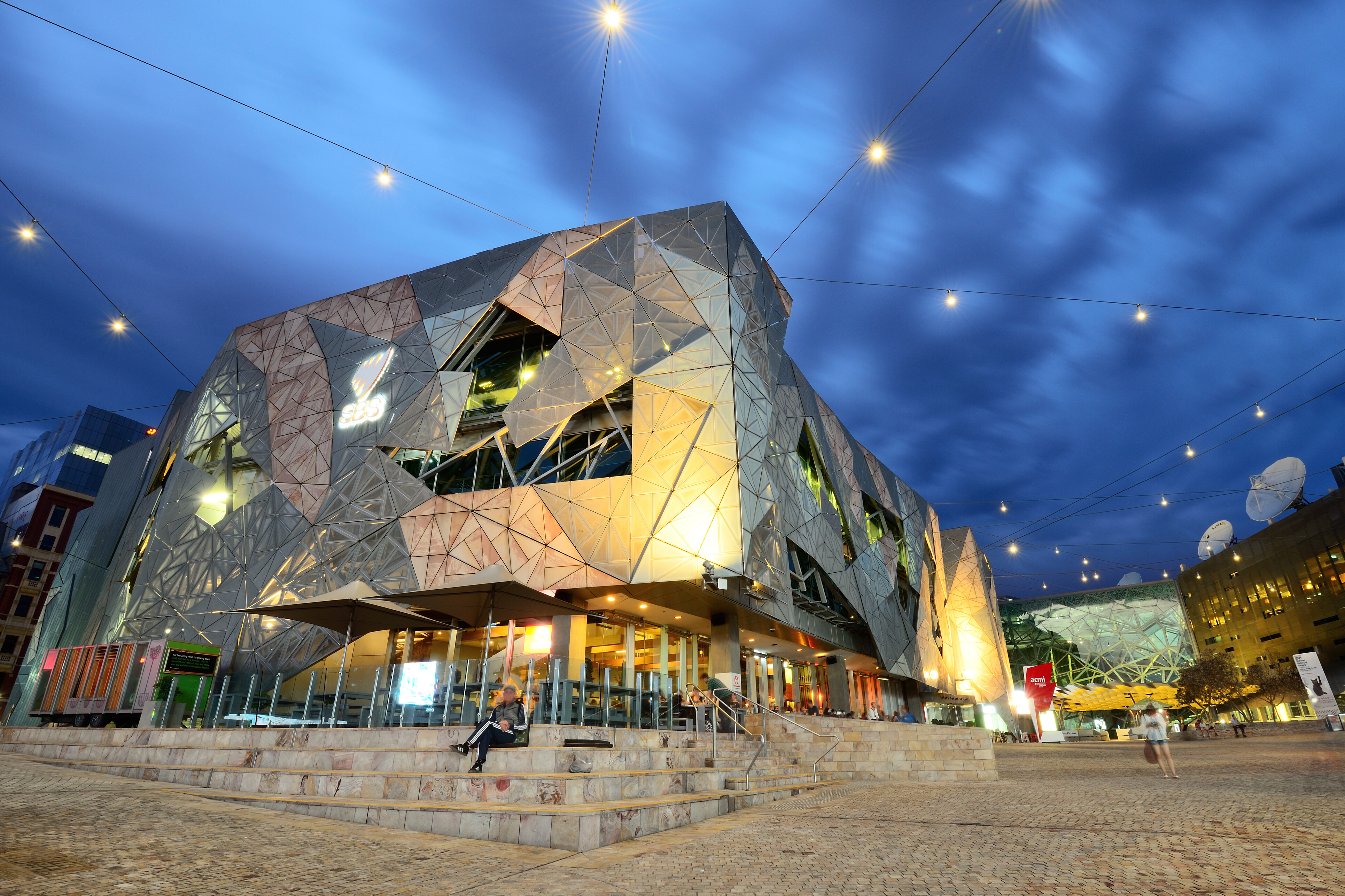World Radio Day: Radio and Diversity
On 13th February, UNESCO will celebrate its 9th World Radio Day on the theme of diversity and the essential role of radio in healthy democracies.
A fundamental role of public media is to represent and reflect cultural diversity, a role no better amplified than through the power of radio. As UNESCO states: “At the global level, radio remains the most widely consumed medium”, far outcompeting the internet and television in terms of reach and accessibility.
The three sub-themes for this year’s celebrations are diversity in the radio landscape (media ownership and plurality), diversity in the newsroom (a diverse and representative workforce) and diversity on the airwaves (reflecting the diversity of society with varied content and programming). In an interview with Radio World Mirta Lourenço, Media Development and Society, Communication and Information chief for UNESCO, explained the wider, long-term aims of World Radio Day:
“Defending and fostering free, independent and pluralistic radio is the most important goal, since it underlies democracy and the rule of law. Radio has survived all media upheavals because it has successfully demonstrated its usefulness again and again.”
But independent public media around the world are facing growing threats from media capture, populism, funding constraints and government interference, leading to significant fears for the availability of diverse and representative content for multicultural societies.
It is at times like this that the role of public radio stations must be emphasised for their role in diverse democracies. Here we take a broad worldwide glance at efforts to better represent and provide for diverse audiences.
Content
In recent years, Australia’s public broadcasters – ABC and SBS – have taken an active lead in innovating to reach diverse audiences.
Self-defining as Australia’s “most distinctive broadcaster”, SBS places its ambition to reflect Australia’s multicultural society at the core of its mandate. Just last year, the organisation rebranded in an effort to reinforce its commitment to contribute to an “inclusive society in a world of difference” and encourage audiences to explore, embrace and celebrate diversity.
As part of this, SBS launched its new mobile-first website in October 2019, which includes a new audio platform that brings together the organisation’s 68 language services in an attempt to meet changing audience consumption patterns.
But SBS’s services aren’t simply aimed at second or third-generation Australian’s or tourists. They also provide vital content for newly arrived refugees, such as those from conflict zones in Iraq and Syria. The organisation’s dedicated Arabic station, SBS Arabic 24, aims to “increase social cohesion by telling Australian stories in the Arabic language.” Launched in 2016, the station now accounts for 24% of the weekly Arabic-speaking radio market in the largest metro cities and specialises in multiplatform content and podcasts.
At ABC – Australia’s largest public broadcaster – the organisation recently introduced an Elevate Reconciliation Action Plan, which sets out new measures to enhance greater integration between Indigenous and non-Indigenous communities. One initiative includes recording local languages into radio station idents, similar to Radio New Zealand’s growing use of te reo Maōri throughout its services.
Read more: SBS delivers new mobile-first website in 68 languages
Read more: ABC Australia releases new inclusivity and diversity plan
In the US, the Corporation for Public Broadcasting (CPB) has similarly pledged to better reflect diverse American communities within public media content and address the “needs of unserved and underserved audiences, especially children and minorities” by supporting independent and minority producers. The CPB provides Community Service Grants to 78 minority public radio stations “including stations licensed to Native American tribes and historically black colleges and universities.” One such CPB-funded project is Vocalo Radio, launched by Chicago Public Radio in 2007, whose premise is to air a range of genres, including hip-hop and dance, complimented by “listener-contributed content” to enhance engagement and reach more diverse audiences.
Explore other CPB-funded projects here.
Elsewhere, NHK WORLD-JAPAN has been “strengthening its multi-lingual services”, which includes multi-lingual news broadcasts and language-learning programmes on Radio 2. The international broadcaster also broadcasts world news in 17 languages by radio. This is in light of the Tokyo 2020 Olympic and Paralympic Games and the rising number of foreign visitors to the country.
As well as this, multi-language services are also useful during times of crises and emergency. NHK is known as one of the world’s most advanced public broadcasters for disaster and emergency coverage. For a country prone to natural disasters – but also with an increasingly high number of people living with disabilities – it is vital that these members of society are catered for by their public broadcaster. NHK has been working to develop new services for people with disabilities, including expanding subtitles, text-to-audio services and sign language broadcasters to disseminate life-saving information during crises and emergencies.
Newsrooms
But diversity goals aren’t just achieved by providing representative and relatable content, they are also achieved by ensuring a diverse workforce in the newsroom and throughout an organisation. Reflecting the broader makeup of society in terms of gender, ethnicity, sexuality, faith, language and disability, is essential to promoting trust in any public broadcaster.
Presenting at the ABU General Assembly in November 2019, Fijian Broadcasting Corporation (FBC) CEO, Riyaz Sayed Khaiyum, spoke of how the majority of FBC’s radio stations are run by women – this, according to Riyaz, would not have been possible 20 years ago.
FBC has taken a lead in promoting gender diversity and equality in both the newsroom and across society. In recent years they have run a number of gender equality radio and television campaigns, working closely with the Fiji Women’s Rights Movement (FWRM).
Recent reforms at FBC haven’t stopped there. In an attempt to inspire a more cohesive society and challenge outdated narratives of what it means to be Fijian, the broadcaster has made significant efforts to ensure that all vernaculars are included across its radio stations as well as equally celebrating key cultural celebrations such as Eid, Diwali and Christmas.
Over the past two years, many public broadcasters have attempted to adopt their own gender parity initiatives. Many of these have been inspired by the BBC’s 50:50 Project, which aims to increase female representation throughout the organisation and its content.
Back in 2016, I started the #5050Project to increase women contributors in the news & content we make. It now involves up to 5000 BBC staff & y’day the @bbc published our data, methodology, case studies, audience research & partners organisations.All here: https://t.co/3OcRoCgl2x
— Ros Atkins (@BBCRosAtkins) May 16, 2019
Finnish public broadcaster Yle has also adopted the 50:50 model. Head of Yle Journalism Academy, Elina Ravantti, explained to PMA that:
“Diversity is really an important part of serving the audience…Diversity is something that we within Yle deal with, currently, very much and it’s very topical for us. We’ve adopted the BBC’s 50:50 model in our news and current affairs content, in our sports as well. We found that that is one of the good tools for improving journalism when it comes to the diversity agenda”.
“We innovated a completely new unit which produces content, especially journalism for younger audiences.” The target audience is 15-29 year olds. “As a public service media company, we have to be able to serve also the younger audiences”.
In December last year, BBC Radio 1 welcomed their first blind presenter, Lucy Edwards. In a BBC article, she said, “I’m so excited to be representing the blind crew, the disabled community.”
Lucy has also worked on the BBC podcast, ‘Ouch’, which is about living with disabilities as well as ‘In Touch’, a Radio 4 programme “about blind and partially-sighted people.”
Read her story: Radio 1’s first blind presenter ‘excited to represent disabled community’
But effective representation and inclusion of those with disabilities has been slow to develop, often due to a lack of adequate infrastructure and specific funding. In an attempt to address the situation and limit the potential for discrimination, the BBC have committed to a “three-pronged” strategy to improve disability representation, with a commitment to ensure the number of disabled people employed rises to 12%.
The strategy includes a new initiative called BBC Elevate which aims to unblock barriers to progression and offer more opportunities for off-screen disabled talent. This includes a better awareness system for management, where individuals – with consent – can have a centralised “passport” to provide details about the impact of a role on their health.
Challenges remain
But World Radio Day is not only about showcasing what radio stations are doing well, nor is it about the celebration of those that simply meet quotas or secure satisfying statistics.
It is also an opportunity to hold radio stations to account by highlighting where there may still be areas for improvement, to ensure that they are making tangible changes towards upholding diversity and plurality in their content and newsrooms in the longer term.
NPR’s Public Editor, Elizabeth Jensen, recently reported on NPR’s own shortcomings with on-air source diversity, with the voices heard on the airwaves still being predominantly white and male. She also bemoaned coverage of Native American communities that use stereotypes and fewer Native American sources in reports.
Keith Woods, NPR’s vice president of newsroom training and diversity, said that the diversity of staff and staff thinking “has to go all the way down in the hierarchy of the organization and touch every layer of it equally, if we’re going to look and sound like America.”
Meanwhile, in their 2019 report on diversity and equality opportunities in radio, UK broadcast regulator, Ofcom, concluded that they were “pleased to see the BBC setting an example for the industry”. However, while the report details the range of compulsory training programmes for unconscious bias during recruitment and disability confidence workshops that the BBC has in place, a lack of gender and ethnic diversity still remains an issue. “The greatest challenge to BBC Radio may be meeting the BBC’s group wide targets to increase the representation of minority ethnic groups across its workforce and in senior management, and to increase the representation of women at the highest levels”.
Read the report findings here.
A lack of women in more senior positions was also further explored in Ofcom’s podcast, ‘Dialling up Diversity in Radio’, which features Rhona Burns, Chief Operating Officer at BBC Radio.
This remains a significant challenge for public media organisations across Europe where significant pay-gaps remain and, according to an EBU report, only 25% of senior positions are held by women.
Despite there being many positive examples of public broadcasters making progress towards advocating and promoting diversity in the radio landscape, PMA’s broad insight demonstrates that there is still much to do to further uphold these achievements.
As organisations that are mandated to represent and be accountable to their national publics, and as access to radio and digital audio content continues to expand, it is more necessary than ever for public media organisations to empower and improve diversity across their workplaces and output.
Header image: UNESCO World Radio Day Banner. Credit: UNESCO
Related Posts
15th November 2019
ABC Australia releases new inclusivity and diversity plan
The Australian public broadcaster, ABC,…
14th October 2019
SBS delivers new mobile-first website in 68 languages
Australia and the world's "most…
29th April 2016
BBC launches new diversity and inclusion strategy
The new strategy aims to dramatically…


